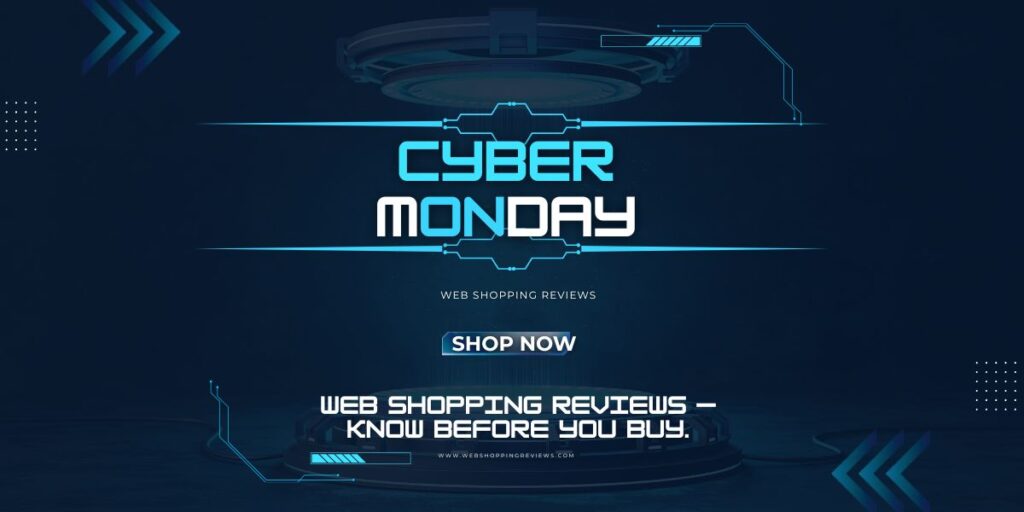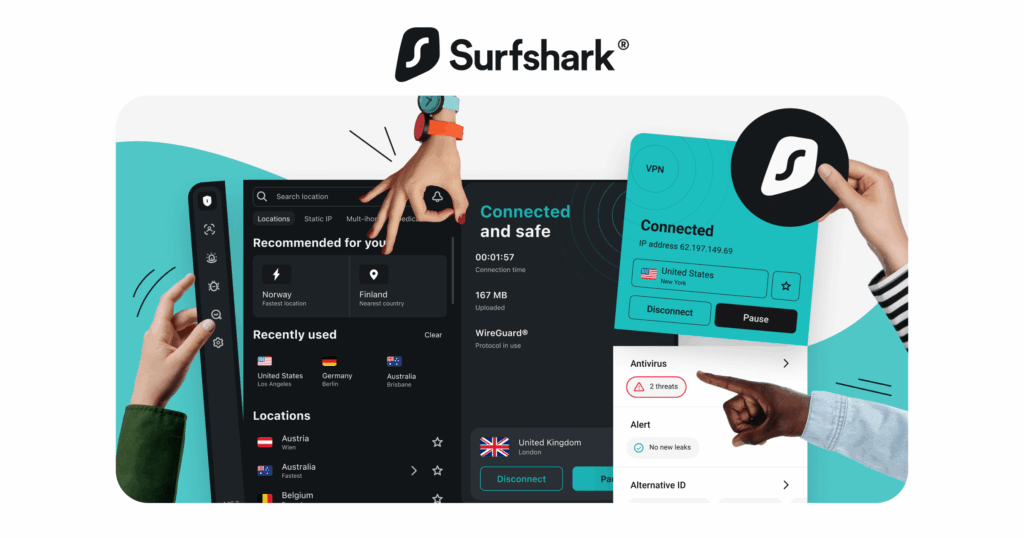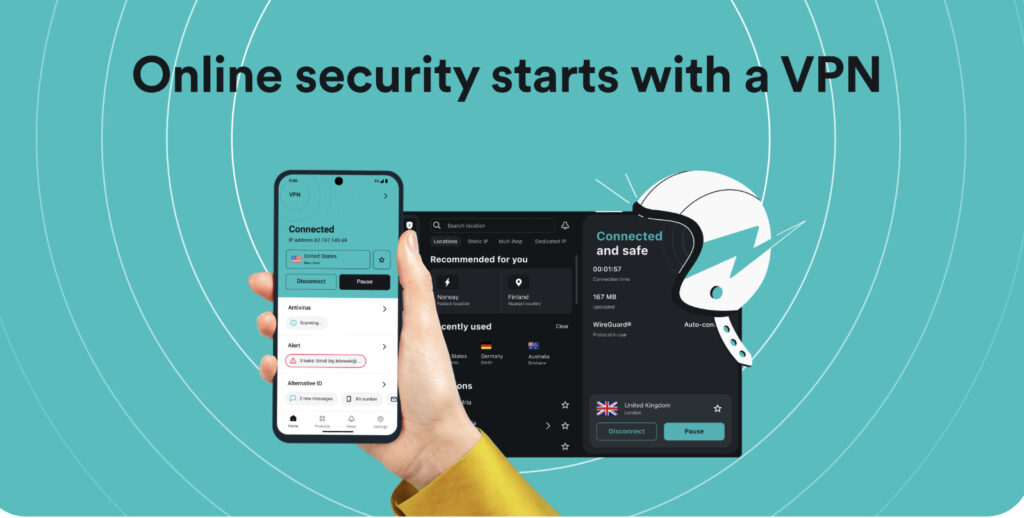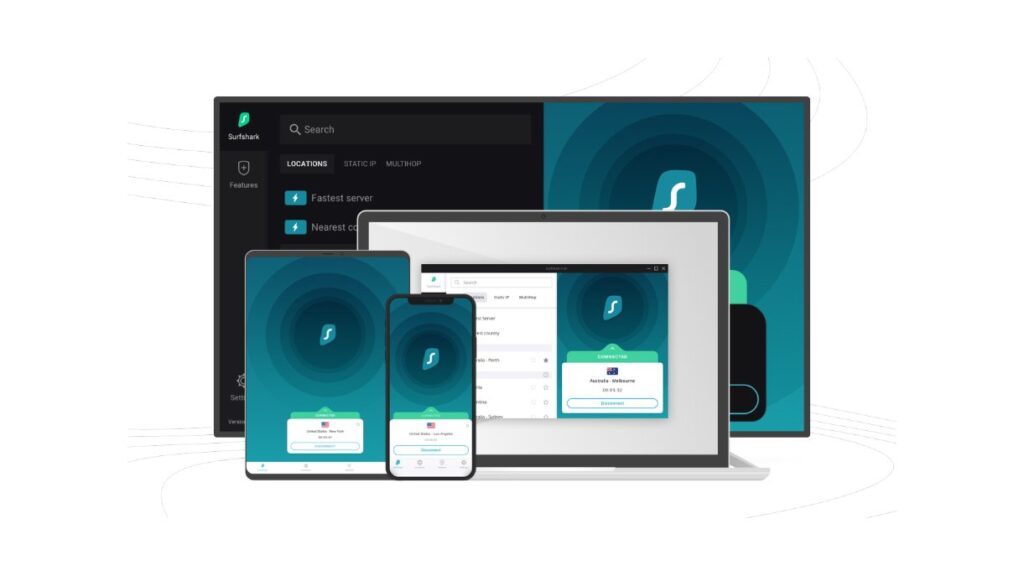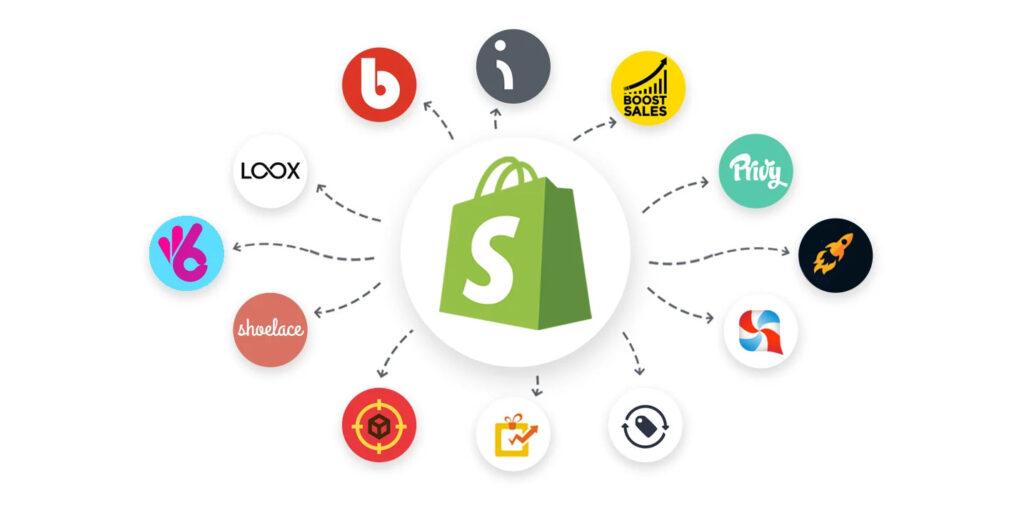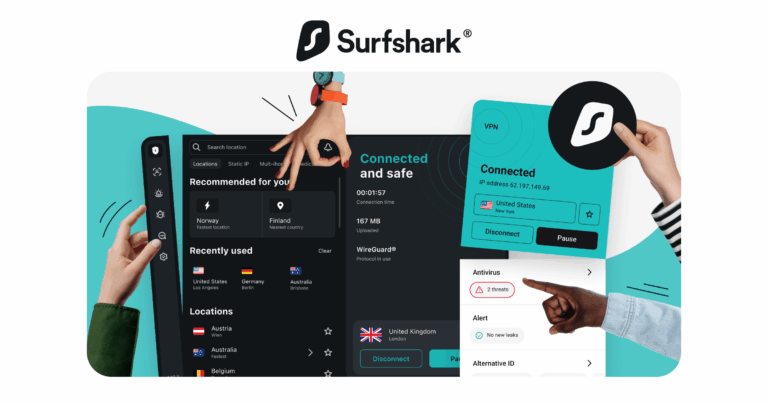Introduction to Shopify and its benefits for e-commerce businesses
In the bustling world of e-commerce, choosing the right platform can make all the difference. Enter Shopify—a powerhouse designed to help entrepreneurs create stunning online stores with ease. Whether you’re a seasoned business owner or just starting out, Shopify offers an array of features and flexibility that cater to every need.
But having a great product isn’t enough. The design of your store plays a crucial role in converting visitors into loyal customers. A well-crafted website not only showcases your brand but also enhances user experience, leading to higher conversion rates.
As you embark on this journey, understanding your audience is key. Who are they? What do they want? By answering these questions, you can tailor your Shopify store to meet their specific needs and preferences.
Ready to unlock success? Let’s dive into expert tips that will help you design a high-converting Shopify store and take your e-commerce game to new heights!
Understanding the importance of a well-designed store for conversion rates
A well-designed Shopify store is essential for maximizing conversion rates. The first impression matters, and a clean, intuitive layout invites shoppers to explore. If your design feels cluttered or confusing, potential customers may leave quickly.
Visual appeal plays a key role in engaging visitors. High-quality images and cohesive branding create trust. Shoppers are more likely to purchase from a site that looks professional.
User experience also affects how easily customers navigate the store. Simple menus and clear calls-to-action guide users smoothly through their journey. When they can find what they need without frustration, conversions often follow.
Moreover, mobile responsiveness cannot be overlooked in today’s market. Many shoppers browse on smartphones; ensuring your store looks great on all devices is crucial for capturing sales opportunities across platforms. A seamless experience translates into increased customer satisfaction and loyalty over time.
Identifying your target audience and their needs
Understanding your target audience is a crucial step in designing a successful Shopify store. Begin by analyzing demographics such as age, gender, and location. This information helps tailor your offerings to meet specific preferences.
Engage with potential customers through surveys or social media polls. Gather insights on their shopping habits and pain points. Knowing what drives them can lead to targeted marketing strategies that resonate.
Create buyer personas based on your findings. These fictional characters represent different segments of your audience, making it easier to visualize their needs and desires.
Keep an eye on competitors too; see who they attract and how they engage those customers. Learning from others can offer valuable lessons for attracting your own unique audience.
As you develop products or services, always prioritize customer feedback within the design process. Their voices will guide improvements that align perfectly with their expectations.
Choosing the right theme and design elements for your store
Selecting the right theme for your Shopify store can significantly impact user engagement. A visually appealing design captures attention and encourages visitors to explore.
Consider your brand identity when choosing a theme. Whether you sell handmade goods or digital products, ensure that the style reflects your offerings. Minimalist designs often work well, letting products shine without distraction.
Color schemes matter too. Colors evoke emotions and set the tone for shopping experiences. Use complementary colors to create harmony throughout your site.
Don’t forget about mobile responsiveness. Many shoppers browse on their phones, so a mobile-friendly design is crucial for maintaining functionality across devices.
Incorporate intuitive navigation elements like menus and search bars. This helps customers find what they need quickly, enhancing overall satisfaction and boosting conversion rates in the process.
Optimization tips for increasing page load speed and improving user experience
Page load speed is critical for keeping customers engaged. A slow site can drive potential buyers away. To enhance performance, start by compressing images without losing quality. Use formats like WebP or JPEG 2000 that offer better compression.
Next, leverage browser caching to store frequently accessed resources. This reduces loading times on repeat visits, enhancing user satisfaction.
Minimize HTTP requests by combining files such as CSS and JavaScript. Fewer requests lead to faster page loads—an essential factor in retaining visitors.
Consider using a Content Delivery Network (CDN). CDNs distribute your content across various locations globally, ensuring users access data from the nearest server.
Regularly monitor your website’s speed with tools like Google PageSpeed Insights. Identifying bottlenecks allows you to make informed adjustments promptly. Every second counts when it comes to user experience!
Utilizing sales funnels and upselling techniques to boost conversions
Sales funnels are essential for guiding your customers through their buying journey. By strategically leading them from awareness to purchase, you can maximize conversions.
Start with an enticing landing page that captures attention. Use clear calls-to-action (CTAs) and compelling visuals to draw users in.
Once potential buyers show interest, nurture them further. Offer relevant content and product recommendations based on their browsing behavior. This personalized approach keeps shoppers engaged.
Upselling is another powerful technique. When a customer adds an item to their cart, suggest complementary products or premium versions of what they’re considering. Highlight benefits that enhance their experience without being overly pushy.
Consider implementing limited-time offers or discounts during the checkout process as well. Creating urgency can encourage hesitant customers to complete their purchases promptly.
Remember, the key lies in understanding your audience’s needs while providing value throughout the sales funnel.
Incorporating customer reviews and social proof into your store design
Customer reviews are a powerful tool for building trust and credibility. When potential buyers see positive feedback from previous customers, they’re more likely to make a purchase. Integrating these reviews into your Shopify store can significantly enhance your conversion rates.
Display testimonials prominently on product pages or create a dedicated review section. Use eye-catching designs that draw attention without overwhelming the visitor. Visual elements like star ratings and customer photos can make the experience even more engaging.
Social proof extends beyond just reviews. Incorporate user-generated content by showcasing images of customers using your products. This creates an authentic connection with new visitors, making them feel part of a community.
Don’t forget about social media mentions too! Highlighting shares or comments from platforms like Instagram or Facebook adds another layer of reassurance for first-time shoppers looking for validation before they hit that “buy” button.
The role of SEO in driving
SEO plays a critical role in the success of your Shopify store. When optimized correctly, it helps your online shop rank higher on search engine results pages (SERPs). This increased visibility can drive organic traffic to your site, allowing you to reach potential customers who might not otherwise find you.
Start by conducting keyword research focused on terms like “Shopify pricing,” “Shopify vs Etsy,” and other related phrases that potential buyers might be searching for. Incorporate these keywords naturally into your product descriptions, meta titles, and alt texts for images. This approach enhances both user experience and search engine rankings.
Additionally, consider utilizing best practices such as optimizing your site’s structure and ensuring mobile-friendliness. A well-structured site not only improves SEO but also makes navigation easier for users—a crucial factor when aiming for high conversion rates.
Utilizing internal linking can also boost your SEO efforts while guiding visitors through their buying journey effectively. The right links lead them from one page to another seamlessly, keeping them engaged longer.
Don’t underestimate the power of quality content either—create blog posts or guides related to the products you’re selling. This strategy positions you as an authority in your niche while attracting more visitors via long-tail keywords.
Incorporating strong SEO tactics is essential in making sure that all the design elements you’ve carefully crafted are seen by those who need them most: eager shoppers ready to convert into loyal customers at any moment.



